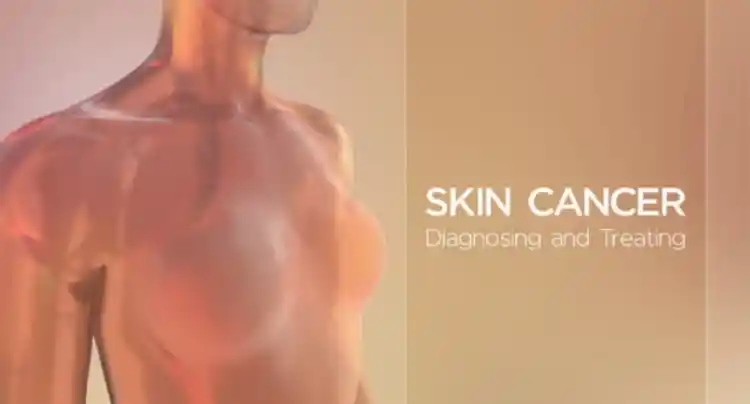Written by Lisa Mulcahy
You May Be Increasing Your Skin Cancer Risk Without Knowing It
The “sunscreen paradox” has confounded doctors of late: As more and more people use sunscreen, rates of melanoma and other skin cancers are going up.
The statistics on all types of skin cancer are sobering:
- Invasive melanoma cases diagnosed annually increased 27% over the past 10 years.
- The rate of basal cell carcinoma (BCC) has risen in all age groups in the country at a rate of nearly 10% each year, according to the National Library of Medicine.
- Yale Medicine reports that squamous cell carcinoma (SCC) has risen to nearly 1 million diagnosed cases in the U.S. per year.
- Even cases of Merkel cell carcinoma, the rare, aggressive skin cancer that cause the recent death of singer Jimmy Buffet, is projected to jump to over 3,200 cases per year over the next 2 years.
Why is this happening? A new study from McGill University in Montreal might have solved some of the mystery: Many people may think sunscreen gives them free rein to tan or stay out in the sun as long as they want to.
How Skin Cancer Develops
“Patients have told me that they think it is safe to tan if they are wearing sunscreen,” said James Ralston, MD, president of the Dermatology Center of McKinney in McKinney, TX. “The reality is that there is no safe way to tan. Every time you tan, you damage your skin. As this damage builds, you speed up the aging of your skin and increase your risk for all types of skin cancer.”
What’s more, you may unknowingly increase your skin cancer risk by doing other things. The reality is that knowledge can prevent many cases of the disease. “Skin cancer is one of the most common and also one of the most preventable cancers in the United States,” said Shanthi Sivendran MD, senior vice president of cancer care support at the American Cancer Society.
What Are the Symptoms of Skin Cancer?
According to MD Anderson Cancer Center, signs of the disease include:
- A spot that newly appears on your skin
- A preexisting spot that changes color, shape, or size
- An itchy or painful spot
- A sore that doesn’t heal or gets crusty
- A shiny bump that looks red or is the color of your skin
- A rough, scaly section of skin
- A lesion that has a raised border, is crusty in the center, or bleeds
- A growth that looks like a wart
- A growth that looks like a scar and has an undefined border
Who Is at Risk for Skin Cancer?
“Melanoma can strike anyone,” Ralston said.
A person with more than 50 moles, large moles, or atypical moles has an increased risk, he said. Also, you’re at higher risk if you have a blood relative who has had melanoma, have a tendency to sunburn easily, have red or blond hair, or blue or green eyes, or have a history of excessive sun exposure or indoor tanning. You’re also at higher risk if you have a previous skin cancer diagnosis or a history of other cancers such as breast or thyroid cancer, Ralston said.
When it comes to other types of skin cancer, “people who have been diagnosed with either basal cell carcinoma or squamous cell carcinoma have an increased risk of developing future skin cancers, including melanoma,” he said.
Let’s examine five other ways you may be increasing your skin cancer risk without realizing it – and how to take the right steps to prevent it.
You’re Not Using Enough Sunscreen
“People rarely use as much sunscreen as they should,” says Vivian Bucay, MD, a dermatologist practicing in San Antonio, TX, and a spokesperson for the Skin Cancer Foundation. “To achieve the SPF value, you should apply 2 tablespoons — equivalent to about a shot glass full — of sunscreen to your entire body, and a nickel-sized dollop to your face,” she said.
Cover often-missed spots like your eye area, the tops of and behind your ears, your hands, and the back of your neck. Don’t forget about your lips, either.
“I tell patients to carry a lip product with SPF so they can reapply after eating,” Bucay said. “Reapply every 2 hours, or immediately after swimming, sweating, or toweling off.”
You’re Not Using Sunscreen Year-Round
Many people only wear sunscreen during warm weather. “I’ve heard patients say they didn’t put on sunscreen because it was a cloudy or snowy day,” says Ralston. “Some ultraviolet light passes through clouds, and clouds reduce warmth. Without that warning sensation of warmth, people are at increased risk of overexposure to UV light, especially UVA, which is relatively unaffected by cloud cover.”
If you enjoy winter sports, you’re also at risk. “Snow reflects 80% of the sun’s rays, so it makes it easy to get a sunburn,” Ralston explains.
You Don’t Wear Sunscreen Indoors
“There are unexpected ways in which one may get sun exposure without realizing it,” Sivendran said. “For example, the sun’s rays penetrate through windows, so sitting near a window for a prolonged period can increase skin cancer risk. It is important to wear sunscreen indoors to reduce this.”
Ways to Protect Yourself From Skin Cancer
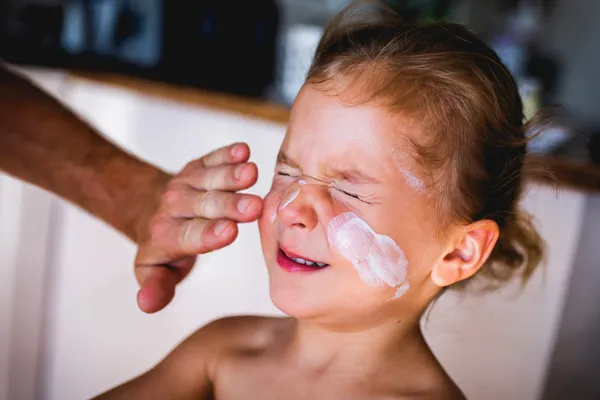
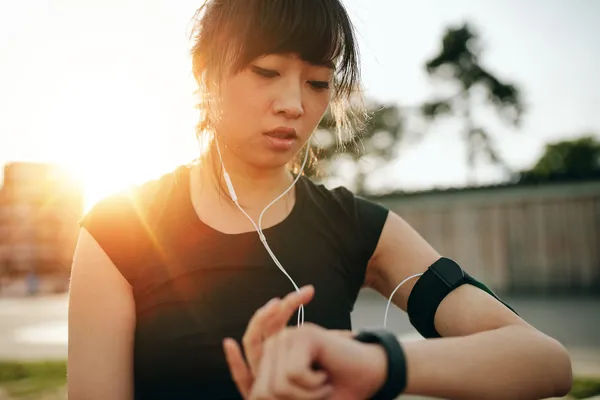
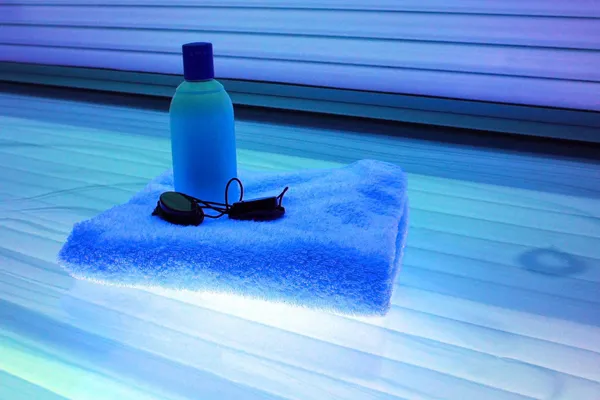

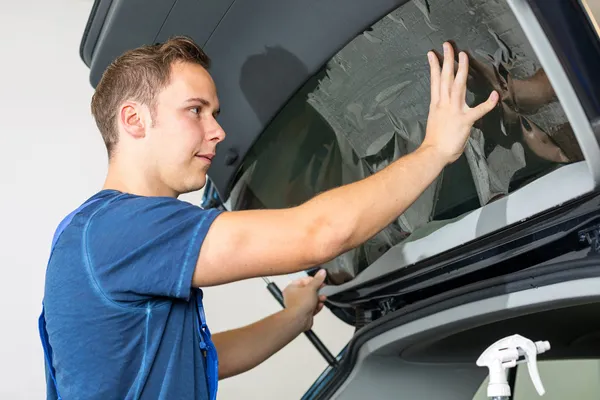
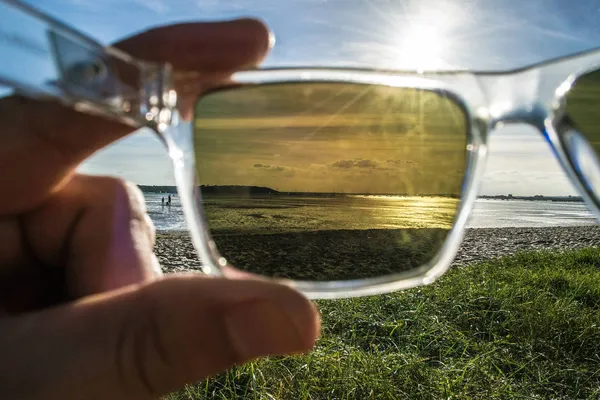






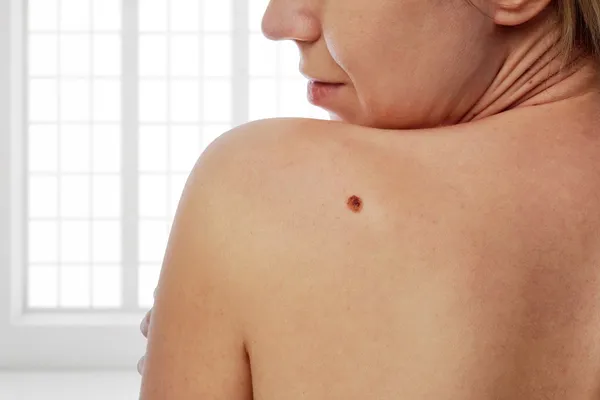
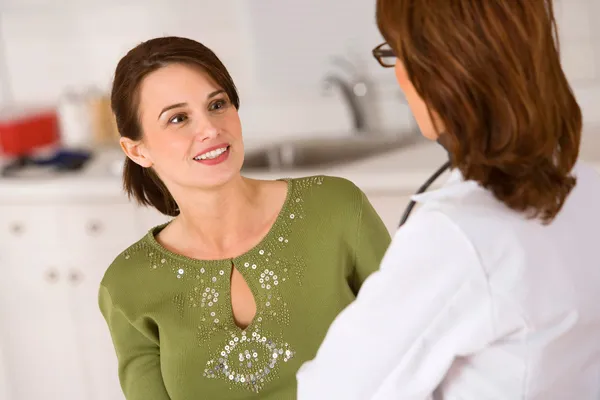
Next
Medically Reviewed by Debra Jaliman , MD on 06 August 2021
If you’re inside a car or traveling in a window seat by plane, bus, or train, this rule also applies.
“Standard window glass blocks the transmission of UVB but not UVA,” Ralston said. “Car windows block some UVA, especially if the windows are tinted. However, even short trips in the car add up over years and cause significant sun damage.”
You’re a Man
A second new McGill University study found that men are more likely to doubt the usefulness of sunscreen and less likely to have new moles checked than women.
Men are also more likely to be exposed to UV rays through outdoor recreation and work. Outdoor employment is a significant factor: New research from the World Health Organization found that people who work in the sun represented 1 in 3 deaths from nonmelanoma skin cancers. The bottom line is men need to be just as diligent when it comes to sun protection on a daily basis.
You Don’t Know Your Family History
It’s important to ask about your relatives’ medical history of skin cancer, as this information can help protect you and other members of your family. The National Cancer Institute reports that 5% to 10% of all melanomas occur in families with multiple members who have had a skin cancer diagnosis. This means a melanoma risk can be inherited, and the the Melanoma Research Alliance has identified specific inherited gene mutations that can increase your risk.
The American Academy of Dermatology says you may benefit from genetic testing for melanoma if:
- You’ve had three or more melanomas that spread or grew deep into your skin, especially before you turned 45.
- If three or more blood relatives on one side of your family have had melanoma or cancer of the pancreas.
- If you’ve had two or more atypical moles called Spitz nevi.
- If you’ve had one or more Spitz nevi and one of your close blood relatives has had mesothelioma, meningioma, or an eye melanoma.
How Can You Best Prevent Skin Cancer Every Day?
“Avoiding the sun’s harmful rays at peak strength hours – between 10 a.m. and 2 p.m. – and seeking shade can reduce your risk,” Sivendran said. “Use a broad-spectrum, water-resistant sunscreen with an SPF of at least 30. There is also stylish, lightweight, sun-protective clothing you can wear year-round.”
Make these moves a habit, and you’ll easily stay sun-safe.


